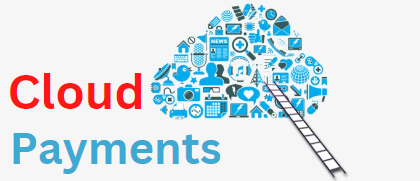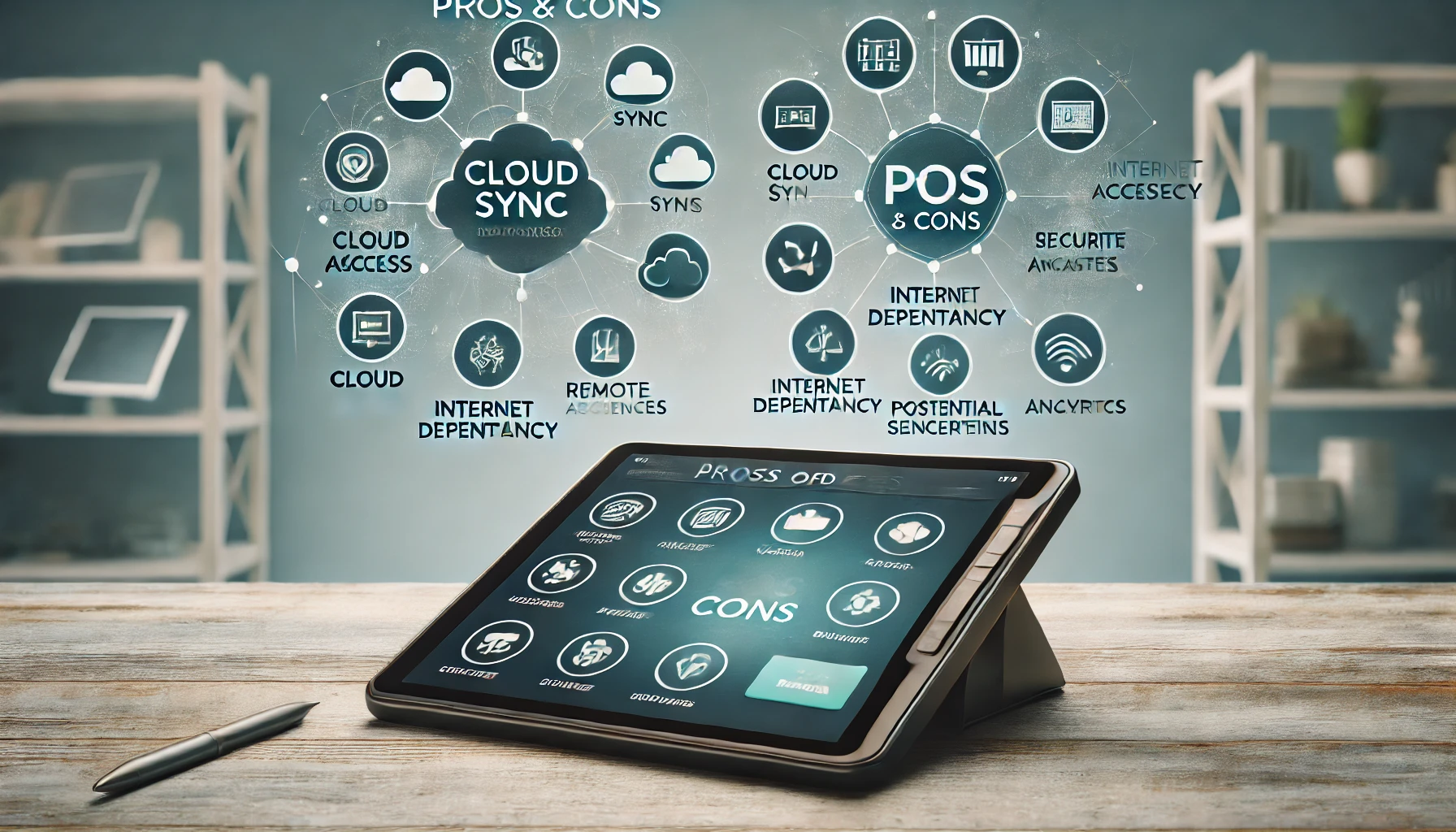The Rise of Cloud Payments: A Comprehensive Overview
In today’s digital age, the way we make payments has undergone a significant transformation. Traditional payment systems, such as cash and checks, are gradually being replaced by more efficient and secure cloud-based solutions. Cloud payments, also known as cloud-based payments or cloud-based payment systems, have emerged as a game-changer in the financial industry. This comprehensive overview will delve into the evolution, advantages, key players, implementation considerations, real-world examples, security concerns, emerging trends, and frequently asked questions about cloud payments.
Exploring the Evolution of Payment Systems: From Traditional to Cloud-based Solutions
The evolution of payment systems can be traced back to the barter system, where goods and services were exchanged directly. Over time, various forms of payment emerged, including coins, paper money, and checks. However, these traditional payment methods had their limitations, such as the need for physical presence and the risk of loss or theft. The advent of technology paved the way for electronic payment systems, such as credit cards and online banking. While these systems offered convenience, they still relied on physical infrastructure and faced security challenges.
The emergence of cloud-based solutions revolutionized the payment landscape. Cloud payment leverage cloud computing technology to enable secure and seamless transactions. By storing payment data in the cloud, businesses and consumers can access and process payments from anywhere, at any time, using various devices. This shift from physical infrastructure to virtual platforms has transformed the way payments are made, making them faster, more convenient, and more accessible.
The Advantages of Cloud Payments: Efficiency, Security, and Cost-effectiveness
Cloud payments offer several advantages over traditional payment systems. Firstly, they enhance efficiency by streamlining payment processes. With cloud-based solutions, businesses can automate payment workflows, reducing manual errors and saving time. Additionally, cloud payment enable real-time transaction processing, eliminating the need for batch processing and reducing transaction times.
Secondly, cloud payments provide enhanced security measures. Cloud-based payment systems employ advanced encryption techniques to protect sensitive payment data. By storing payment information in secure data centers, cloud payment minimize the risk of data breaches and fraud. Furthermore, cloud-based solutions offer robust authentication mechanisms, such as biometrics and two-factor authentication, to ensure the integrity of payment transactions.
Lastly, cloud payments are cost-effective for businesses. By leveraging cloud infrastructure, businesses can eliminate the need for expensive hardware and software installations. Cloud-based payment systems also offer scalability, allowing businesses to adjust their payment processing capabilities based on demand. This flexibility reduces costs associated with maintaining and upgrading payment infrastructure.
Key Players in the Cloud Payments Industry: A Look at Leading Providers
The cloud payments industry is dominated by several key players who provide innovative solutions to businesses and consumers. One of the leading providers in this space is PayPal. With its user-friendly interface and extensive global reach, PayPal has become a popular choice for online payments. Another major player is Stripe, which offers a developer-friendly platform for businesses to accept payments online. Stripe’s robust API and customizable features make it a preferred choice for e-commerce businesses.
Square, founded by Twitter co-founder Jack Dorsey, is another prominent player in the cloud payment industry. Square provides a range of payment solutions, including point-of-sale systems and mobile payment processing. Its user-friendly interface and affordable pricing have made it a popular choice for small businesses.
Implementing Cloud Payments: Considerations and Best Practices for Businesses
When implementing cloud payments, businesses need to consider several factors to ensure a smooth transition. Firstly, businesses should assess their payment processing needs and choose a cloud-based solution that aligns with their requirements. Factors to consider include transaction volume, integration capabilities, and security features.
Secondly, businesses should ensure compliance with industry regulations and standards. Cloud payment involve the handling of sensitive customer data, such as credit card information, which requires adherence to data protection regulations, such as the Payment Card Industry Data Security Standard (PCI DSS). Businesses should choose a cloud payment provider that complies with these regulations and offers robust security measures.
Furthermore, businesses should prioritize user experience when implementing cloud payments. The payment process should be seamless and intuitive for customers, ensuring a positive experience. Integration with existing systems, such as e-commerce platforms or point-of-sale systems, is also crucial for a smooth payment experience.
Cloud Payments in Action: Real-world Examples and Success Stories
Numerous businesses have successfully implemented cloud payments and reaped the benefits. One such example is Uber, the ride-hailing giant. Uber’s cloud-based payment system allows users to seamlessly pay for rides using their preferred payment method, eliminating the need for cash transactions. This convenience has contributed to Uber’s rapid growth and global success.
Another success story is Airbnb, the online marketplace for short-term rentals. Airbnb’s cloud payment system enables hosts to receive payments from guests securely and efficiently. By leveraging cloud-based solutions, Airbnb has been able to scale its payment infrastructure to accommodate its growing user base.
Addressing Security Concerns: Ensuring the Safety of Cloud Payment Transactions
While cloud payments offer enhanced security measures, concerns about data breaches and fraud still exist. To address these concerns, businesses and cloud payment providers must implement robust security measures. This includes encryption of payment data, secure authentication mechanisms, and regular security audits.
Businesses should also educate their employees and customers about best practices for secure cloud payments. This includes using strong passwords, avoiding public Wi-Fi networks for payment transactions, and regularly monitoring payment activity for any suspicious transactions.
The Future of Cloud Payments: Emerging Trends and Innovations
The future of cloud payments looks promising, with several emerging trends and innovations on the horizon. One such trend is the integration of artificial intelligence (AI) and machine learning (ML) into cloud payment systems. AI and ML can enhance fraud detection capabilities, identify patterns in payment data, and provide personalized payment experiences for customers.
Another emerging trend is the adoption of blockchain technology in cloud payments. Blockchain offers enhanced security and transparency, making it an ideal solution for secure and efficient payment transactions. By leveraging blockchain technology, cloud payment systems can further enhance trust and reduce the risk of fraud.
Furthermore, the rise of Internet of Things (IoT) devices presents new opportunities for cloud payments. IoT devices, such as smartwatches and connected cars, can enable seamless and secure payment transactions. For example, a smartwatch equipped with payment capabilities can allow users to make payments with a simple tap on their wrist.
Frequently Asked Questions (FAQs) about Cloud Payments
Q.1: What is cloud payments?
Cloud payments refer to the use of cloud computing technology to enable secure and seamless payment transactions. By storing payment data in the cloud, businesses and consumers can access and process payments from anywhere, at any time, using various devices.
Q.2: Are cloud payments secure?
Yes, cloud payments employ advanced encryption techniques and robust authentication mechanisms to ensure the security of payment transactions. Cloud payment providers also comply with industry regulations, such as the Payment Card Industry Data Security Standard (PCI DSS), to protect sensitive payment data.
Q.3: How do businesses benefit from cloud payments?
Cloud payments offer several benefits for businesses, including increased efficiency, enhanced security, and cost-effectiveness. By automating payment workflows and enabling real-time transaction processing, businesses can streamline their payment processes. Cloud payments also eliminate the need for expensive hardware and software installations, reducing costs.
Q.4: What are some leading cloud payment providers?
Some leading cloud payment providers include PayPal, Stripe, and Square. These providers offer innovative solutions for businesses and consumers to accept and process payments securely and efficiently.
Q.5: What are the emerging trends in cloud payments?
Emerging trends in cloud payments include the integration of artificial intelligence and machine learning, the adoption of blockchain technology, and the rise of Internet of Things devices for seamless payment transactions.
Conclusion
Cloud payments have emerged as a significant disruptor in the financial industry, revolutionizing the way payments are made. With their efficiency, security, and cost-effectiveness, cloud-based payment systems offer numerous advantages over traditional payment methods. Leading providers in the cloud payments industry, such as PayPal, Stripe, and Square, have paved the way for businesses and consumers to embrace this transformative technology.
Implementing cloud payments requires careful consideration of business needs, compliance with industry regulations, and prioritization of user experience. Real-world examples, such as Uber and Airbnb, demonstrate the success of cloud payments in enhancing customer convenience and driving business growth.
While security concerns exist, robust security measures and best practices can ensure the safety of cloud payment transactions. The future of cloud payments looks promising, with emerging trends such as AI and ML integration, blockchain adoption, and the rise of IoT devices. As technology continues to evolve, cloud payments will continue to shape the future of the financial industry, offering seamless, secure, and convenient payment experiences for businesses and consumers alike.











